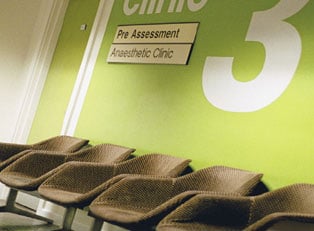Genital Warts is classified as a sexually transmitted disease. This is because the human papilloma virus is considered a sexually transmitted virus. Various strains of this virus can contribute to different reactions in the body. One of these reactions being genital warts. Not everyone will show direct genital warts symptoms and you should maintain your regular schedule of visiting your gynecologist.
Genital Warts Symptoms
The symptoms of genital warts, also known as venereal warts, depends on the sex of the person who exhibiting symptoms. This is because of the differences in human anatomy and the way that different strains of venereal warts affect the different sexes. Many of the symptoms are self evident and typically the infected knows as soon as they appear.
Genital Warts Symptoms, Female and Male
The symptoms present in females typically around the vaginal opening, anus, or cervix. Typically it begins with one or more visible warts. Increased vaginal discharge and bleeding after intercourse are also symptoms. These warts may not be visible to the naked eye and may be noticed by a gynecologist on a routine examination.In males the symptoms include warts around the penis, scrotum, groin and thighs. Regardless of whether you show symptoms, it is very important to receive treatment to prevent spreading it to your partner and risk of it developing further.
Further Development of the Virus That Causes Venereal Warts
The further development of genital warts in women can lead to precancerous changes in the cervix and eventually lead to the development of cervical cancer in women. Treatment is essential to stop the virus as soon as possible after diagnosis.
Factors that Put You at Risk For Venereal Warts
Factors that put you at risk for developing human papilloma virus and the genital warts that accompany it are pregnancy, smoking, multiple partners, a weakened immune system, or having numerous sex partners in a matter of a few years. Genital Warts Symptoms do not generally appear for 6 weeks to 6 months after you have become infected, however the symptoms may not show up until a few years later.
Genital Warts Testing
Testing for genital or venereal warts may simply stop at a pelvic exam if you have developed the actual physical warts. However, if you have received an abnormal pap smear result and there is not an explanation for the result, you will probably be called back for a coloscopy. During this procedure the doctor will dye your cervix with a diluted vinegar solution to expose the wart so there is a better visual. If there is a positive result during this test, the doctor may choose to do a biopsy of the site that is affected to determine the strain.
Treatment for Venereal Warts
There are four common treatments that are preferred by doctors for women who do not have precancerous changes to their cervix or the affected area. These are typically a cream that is prescribed that you would use yourself at home. There are surgical options for severe cases. These are cryosurgery (freezing) electrocauterization, Laser surgery, and surgical excision.
Complications from Genital Warts
Without treatment, warts can become large and require more invasive treatment and numerous visits to the doctor. It is very important to keep regular visits since not all people show the early genital warts symptoms.
What to Expect After Treatment
Some cases of HPV simply resolve on their own. However, this is not for you to determine. This decision should be made by a medical professional to ensure that the virus does not become worse or turn pre-cancerous. Not all of the genital warts symptoms will go away immediately. If your symptoms return, notify your gynecologist as soon as you notice them so that treatment can begin.



